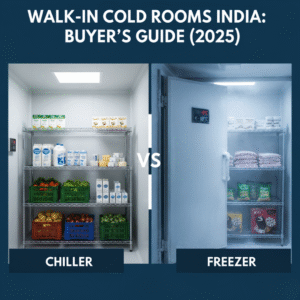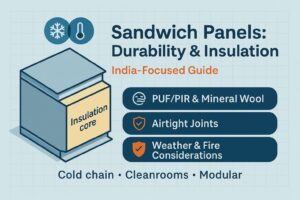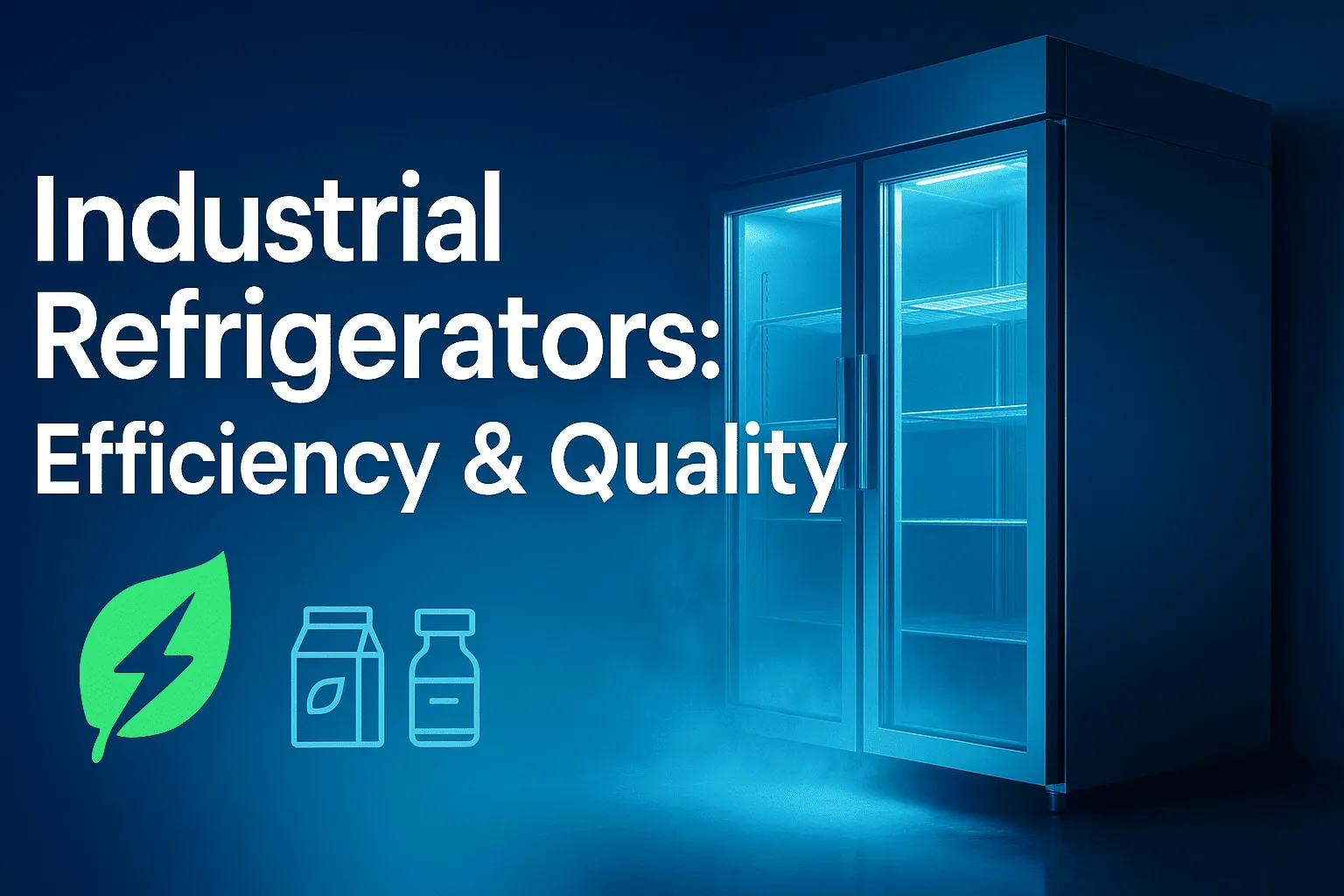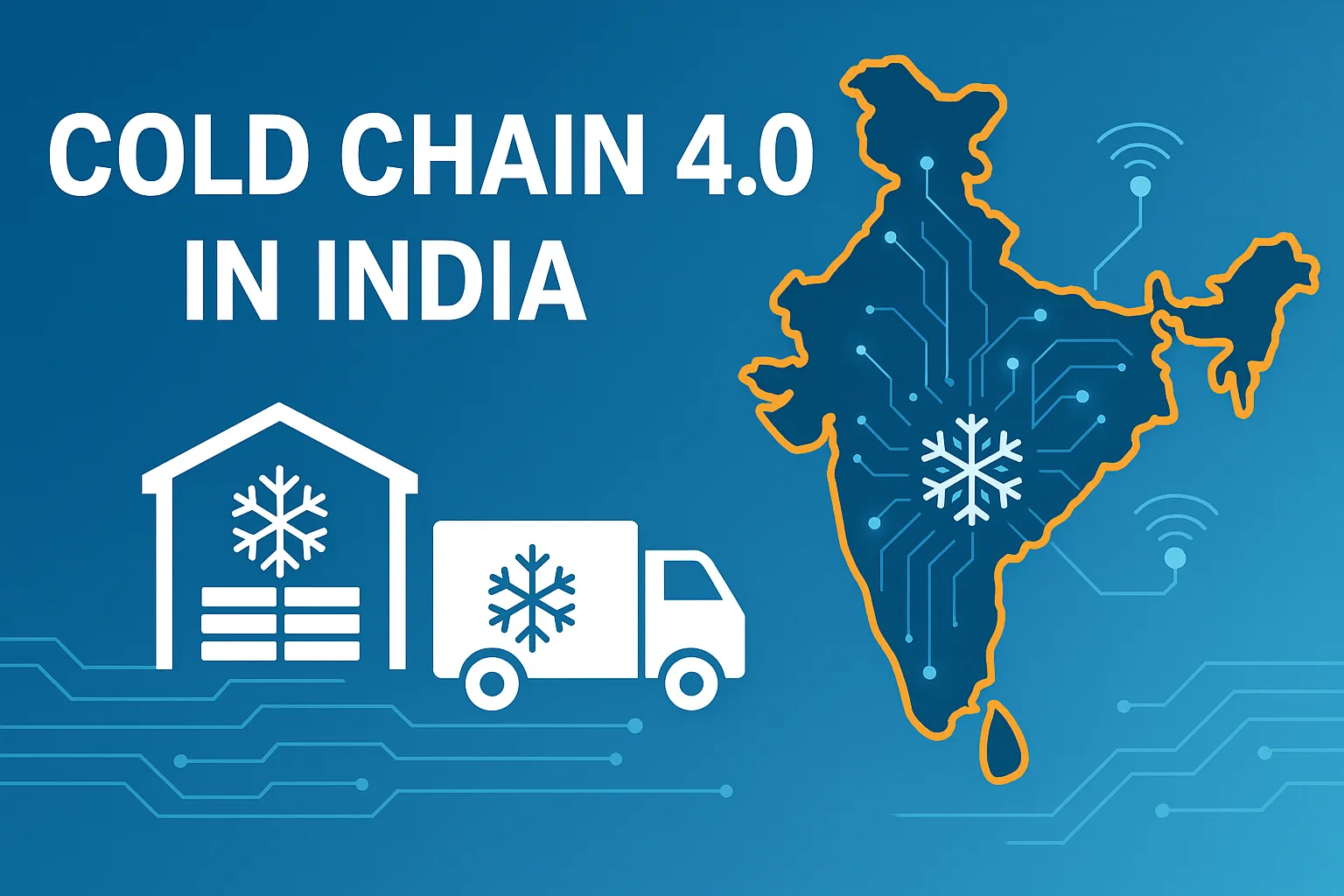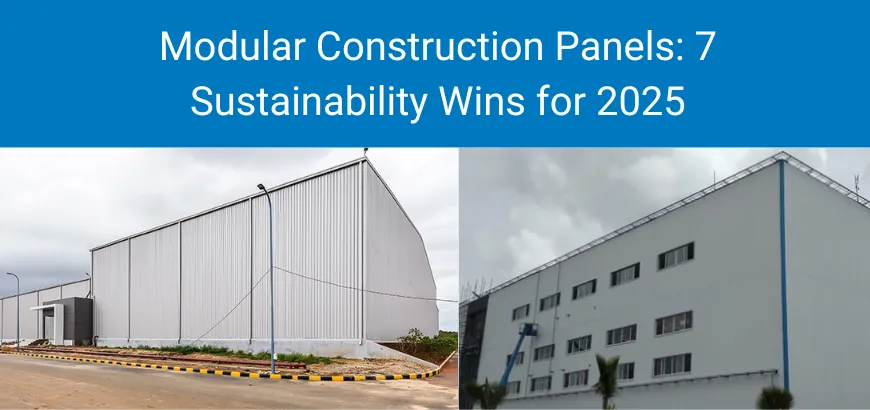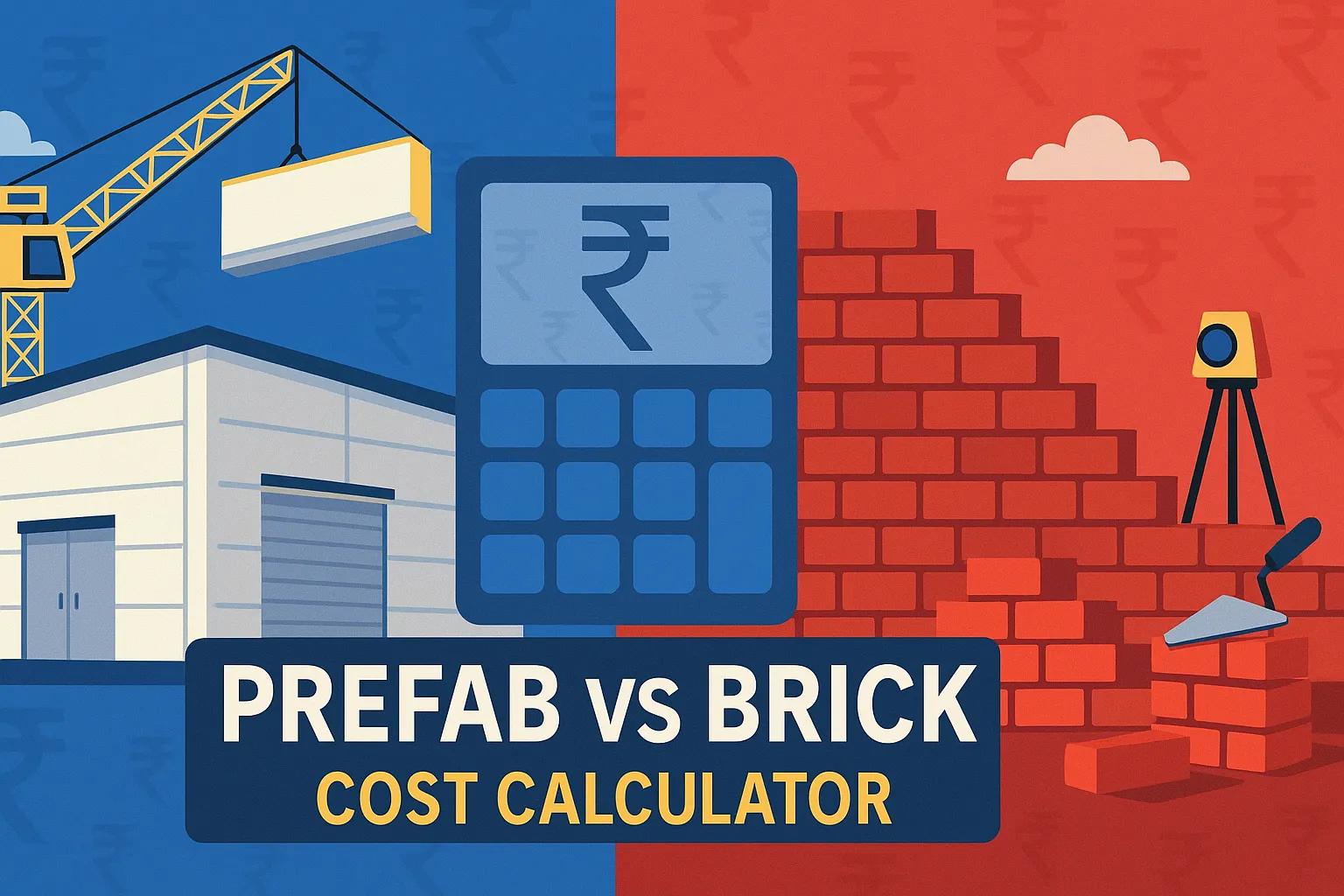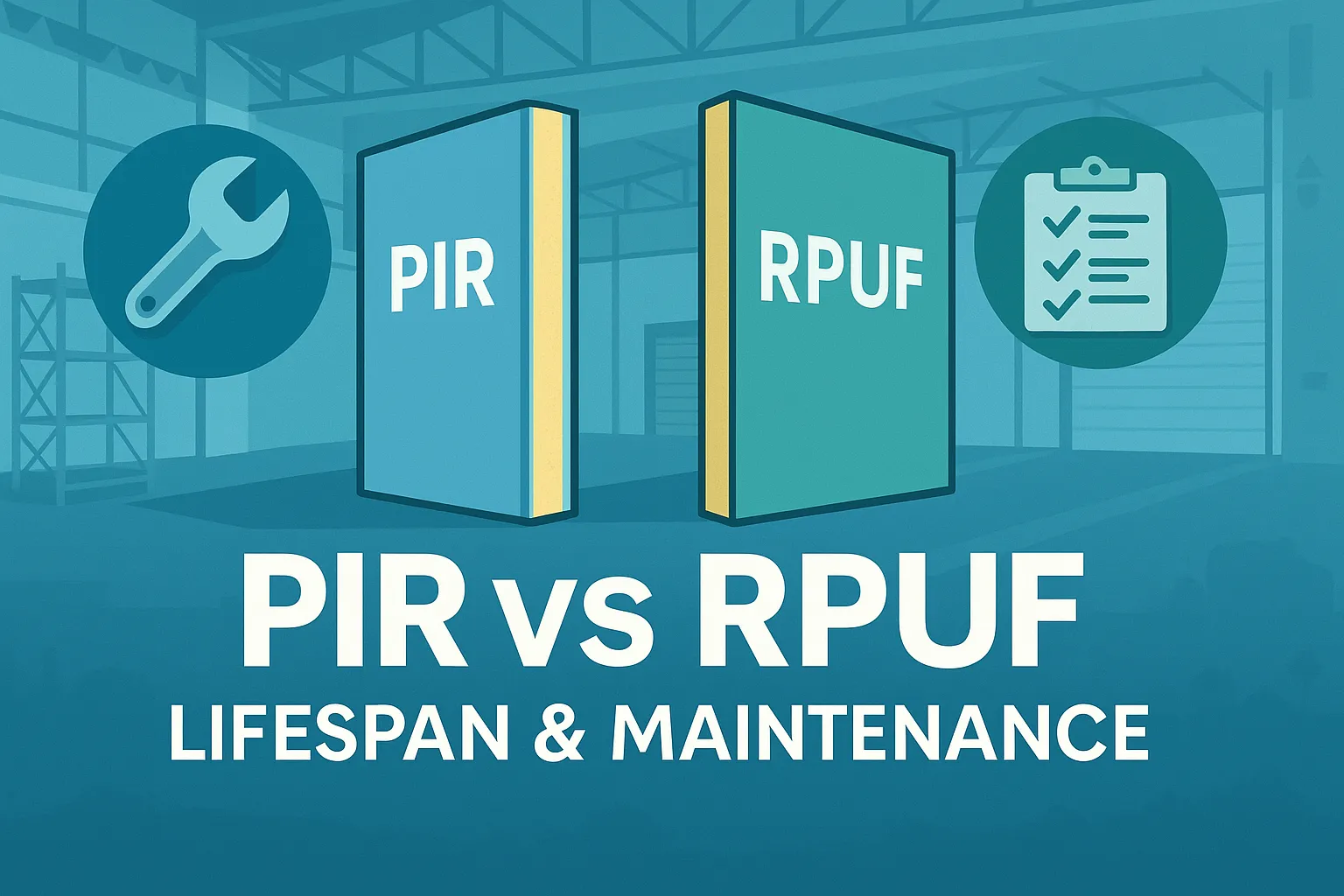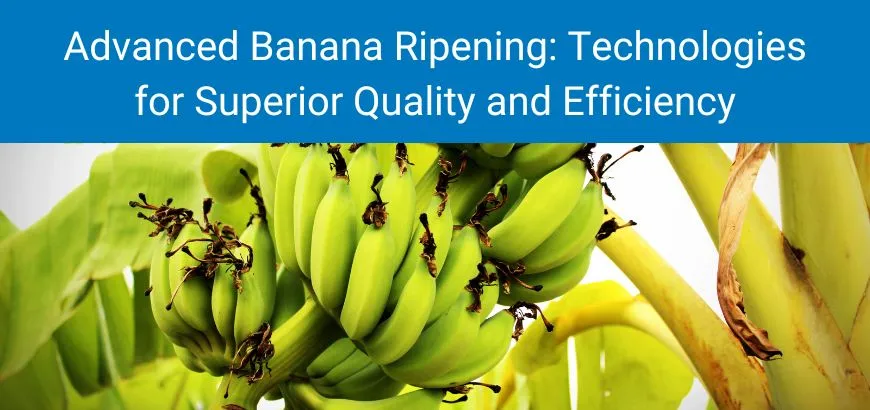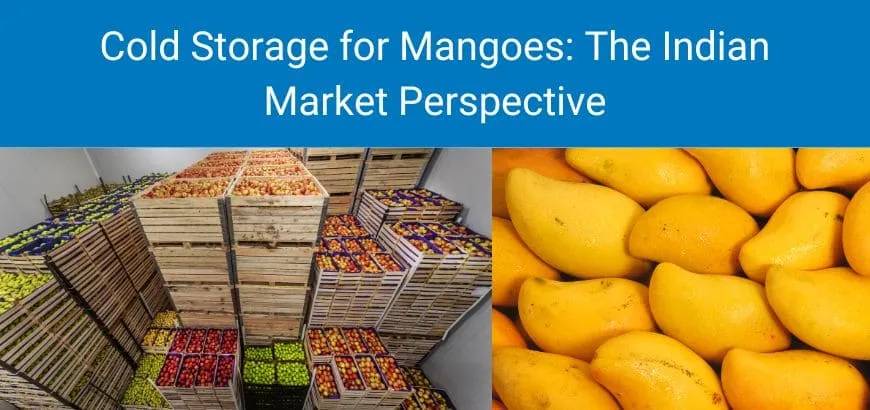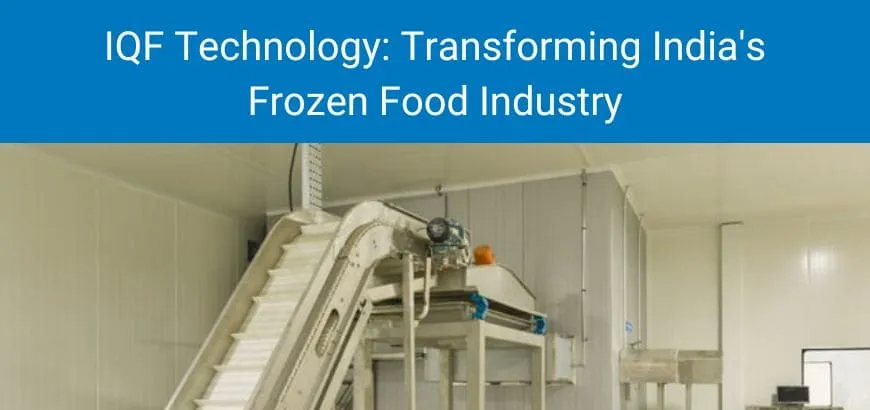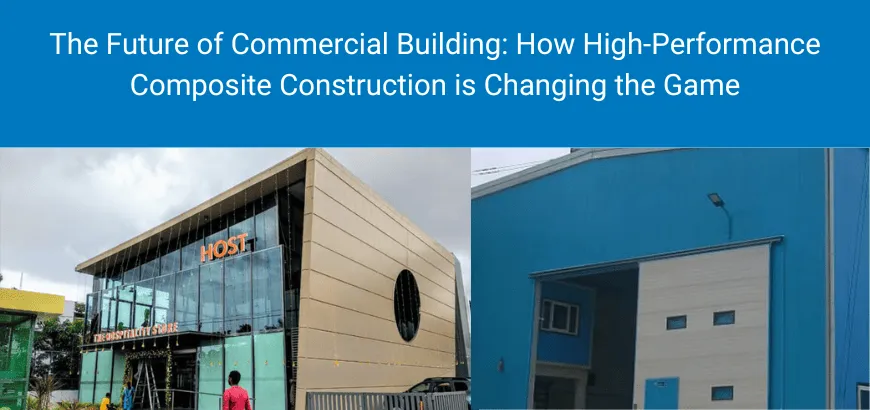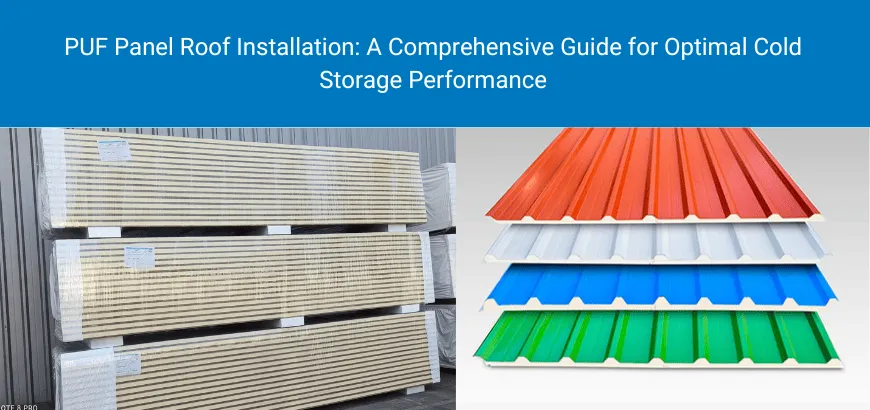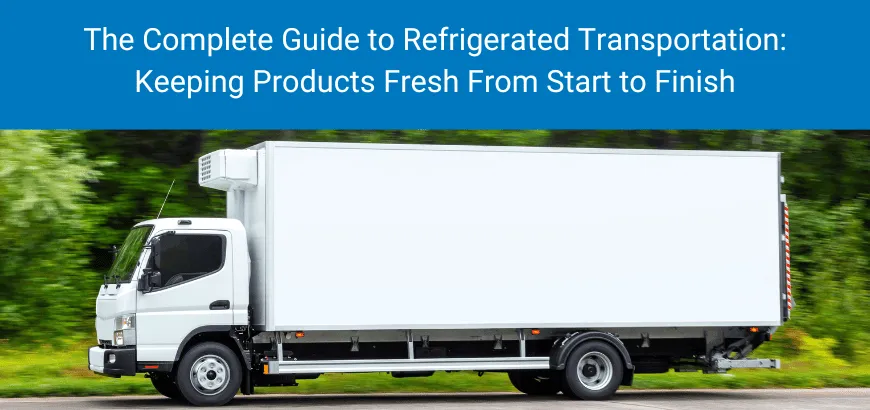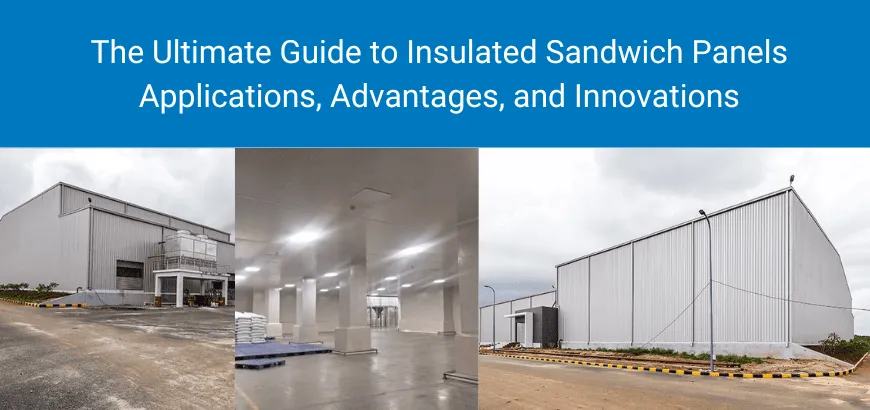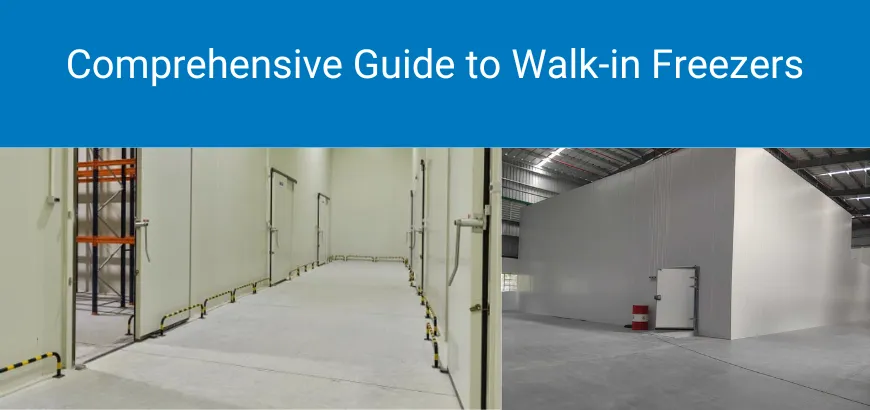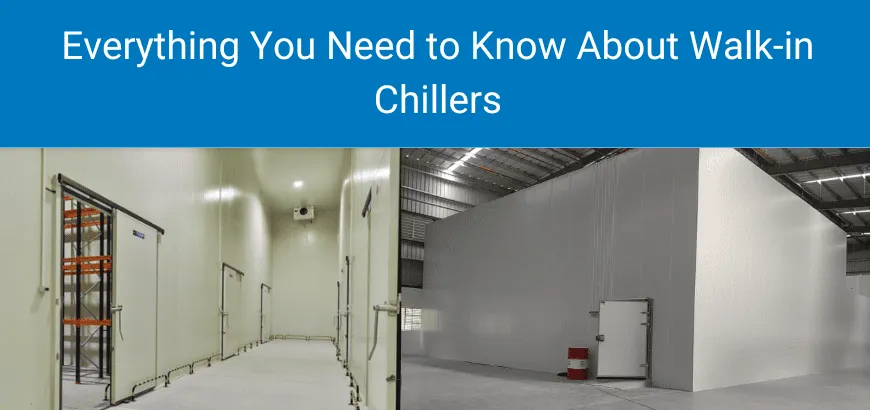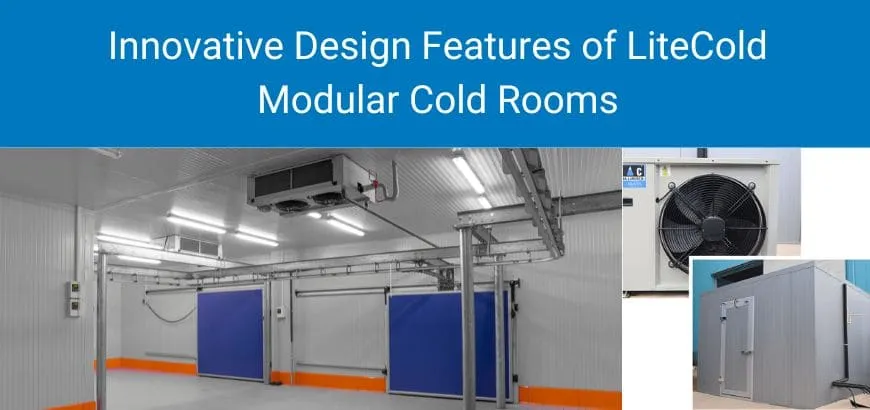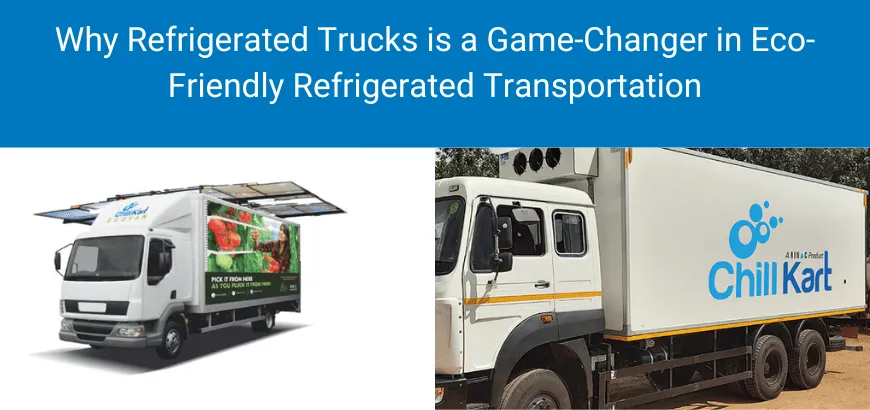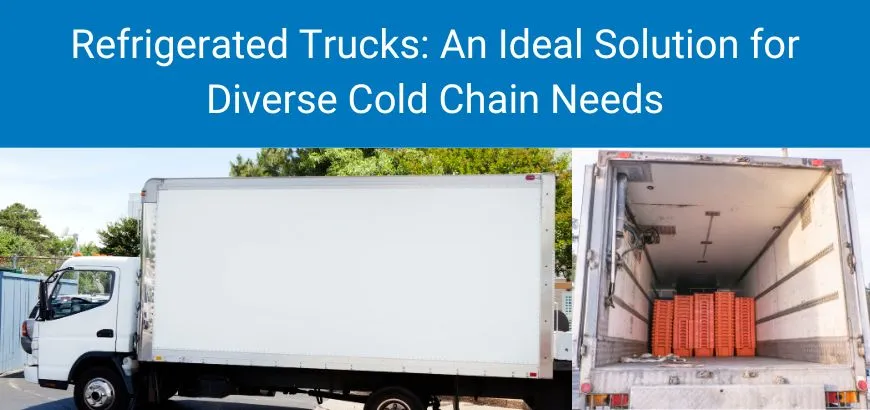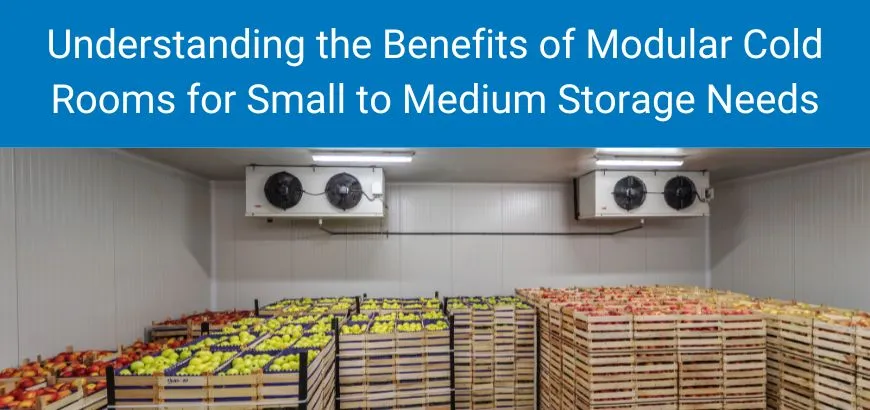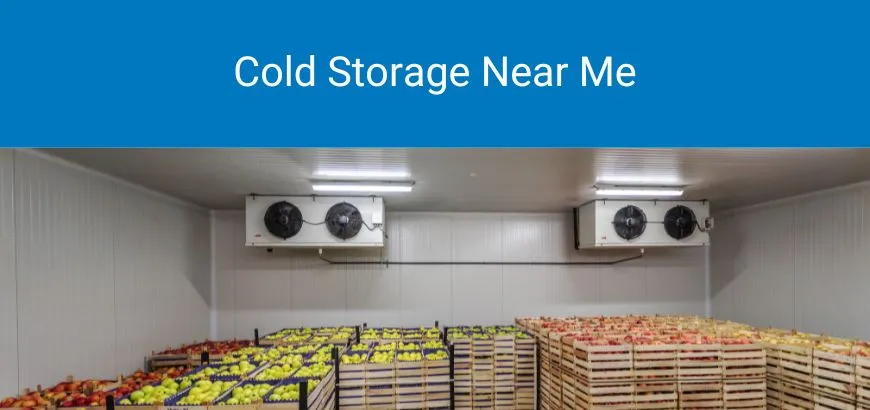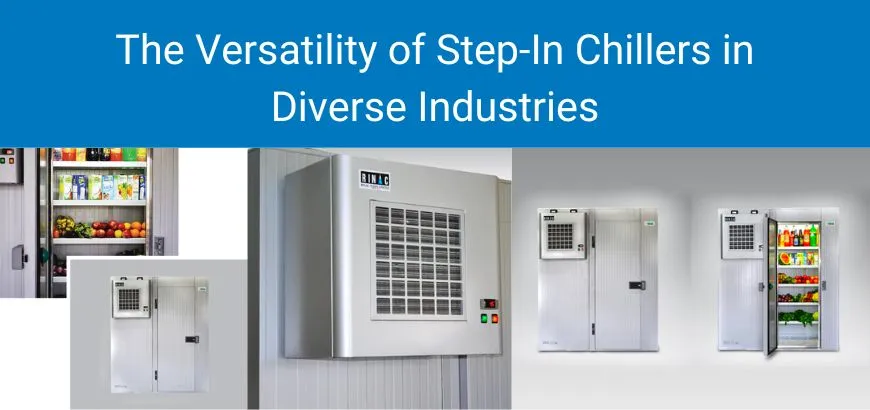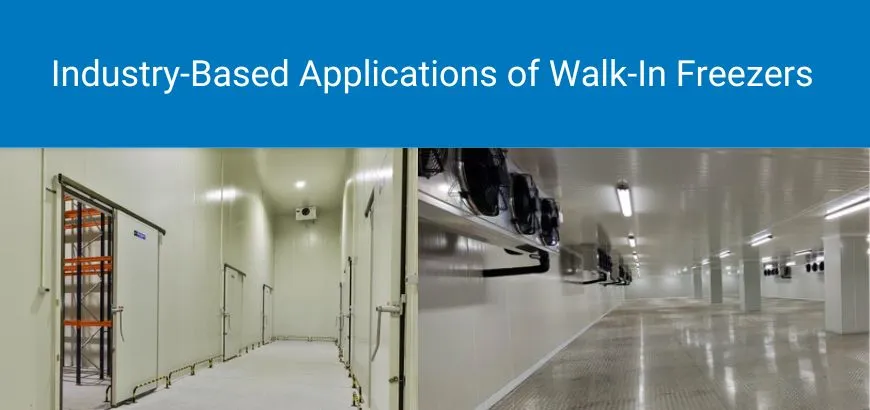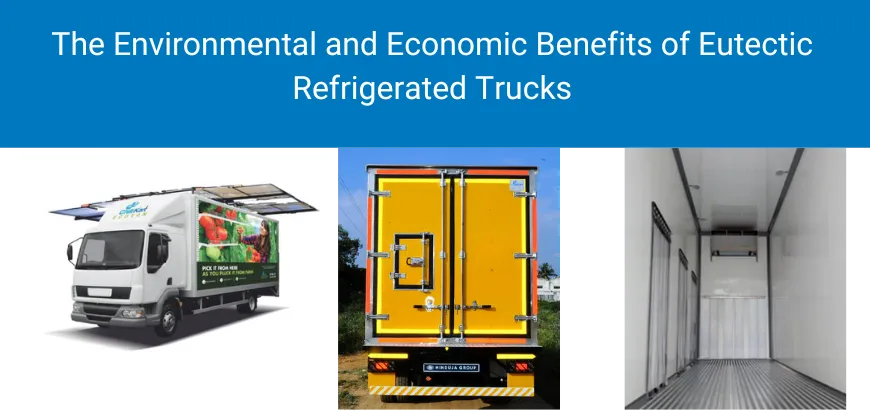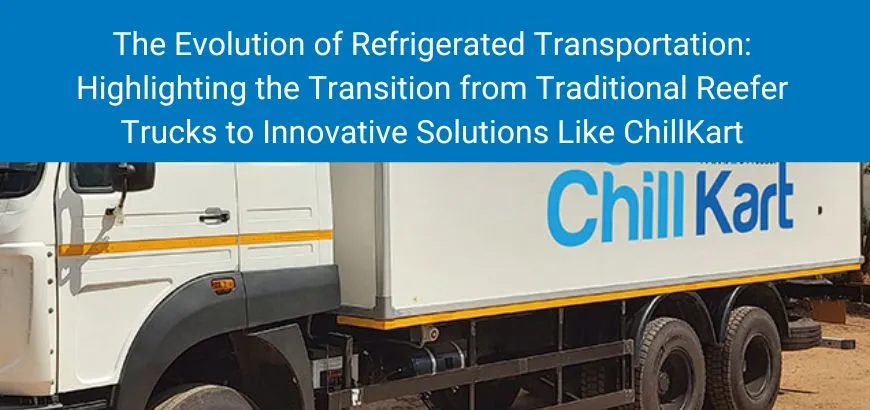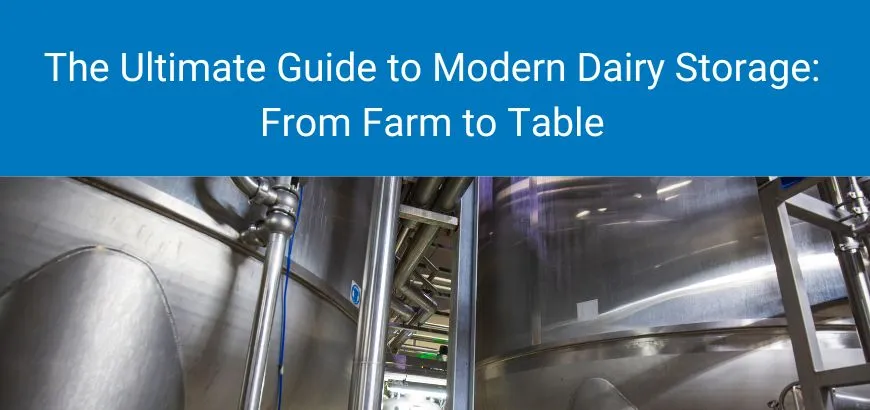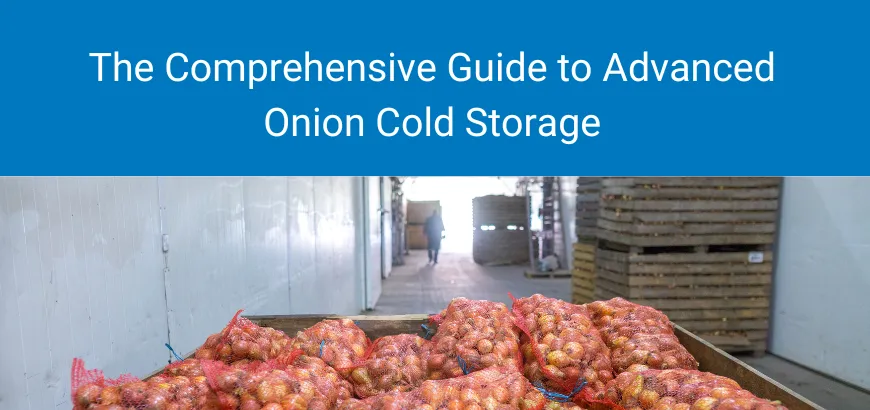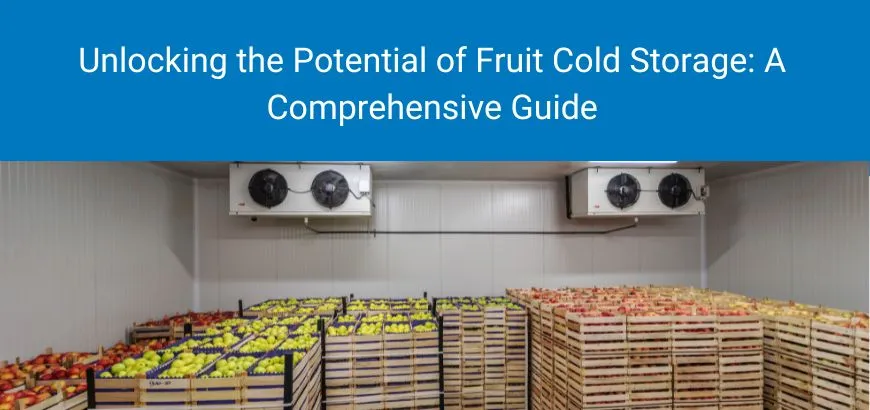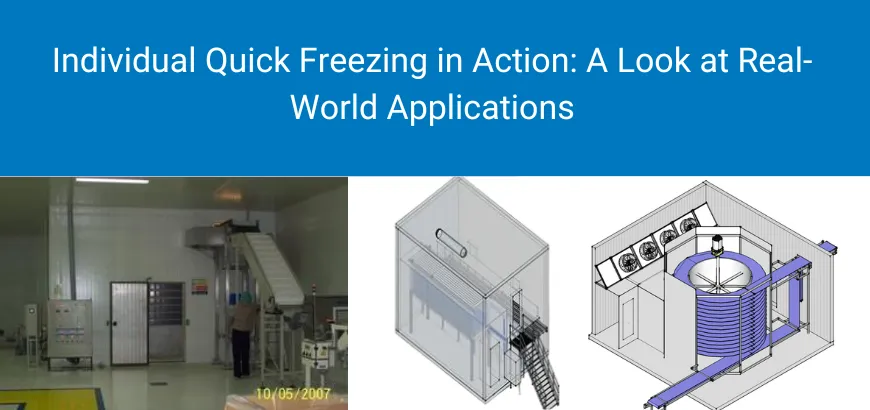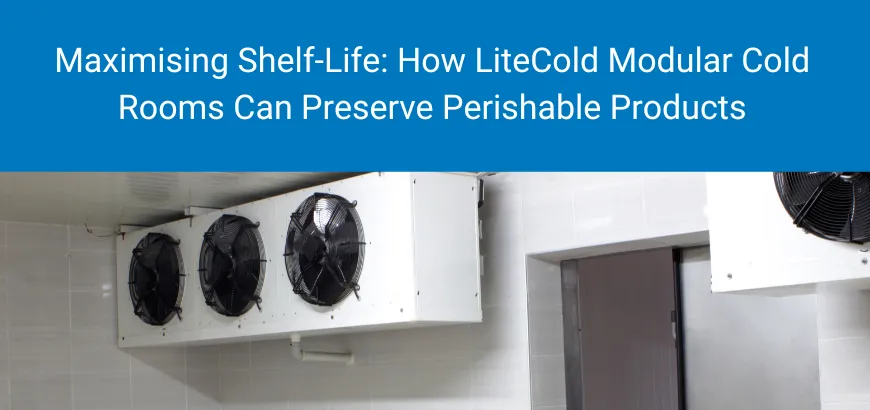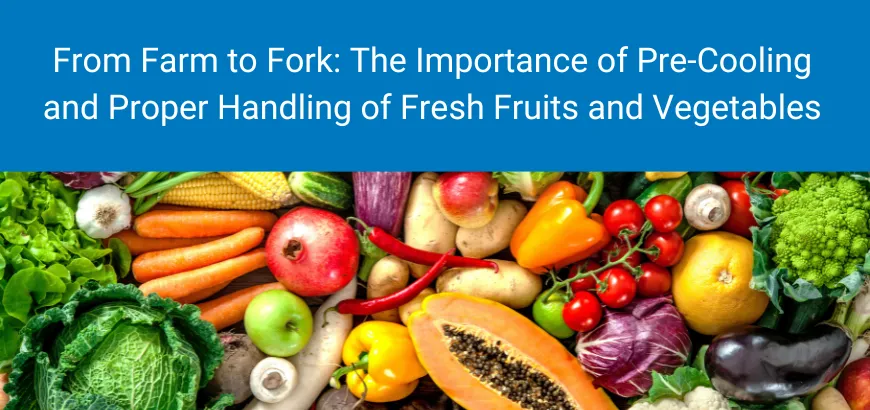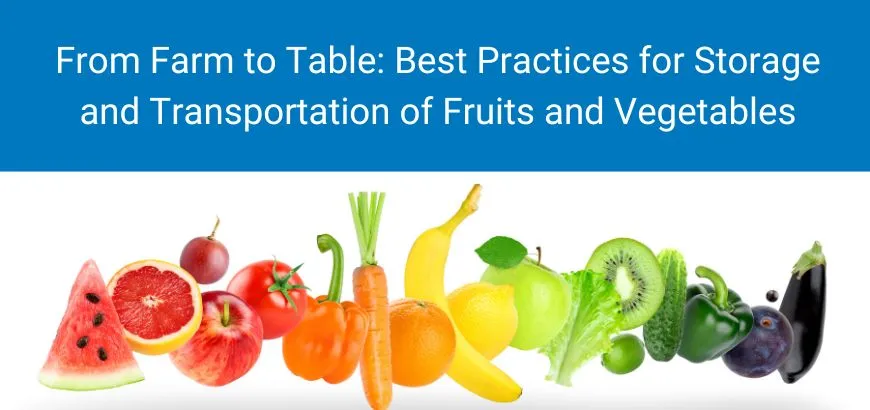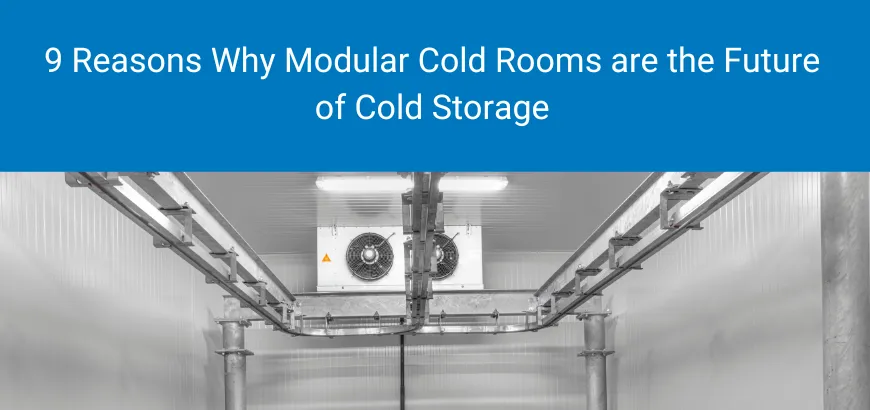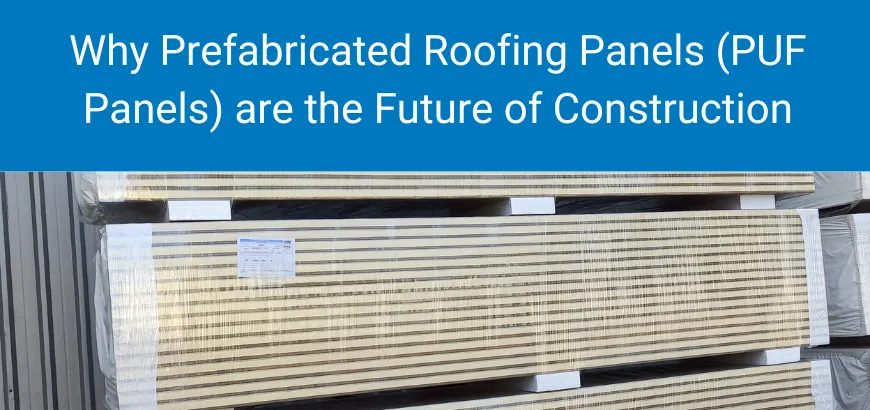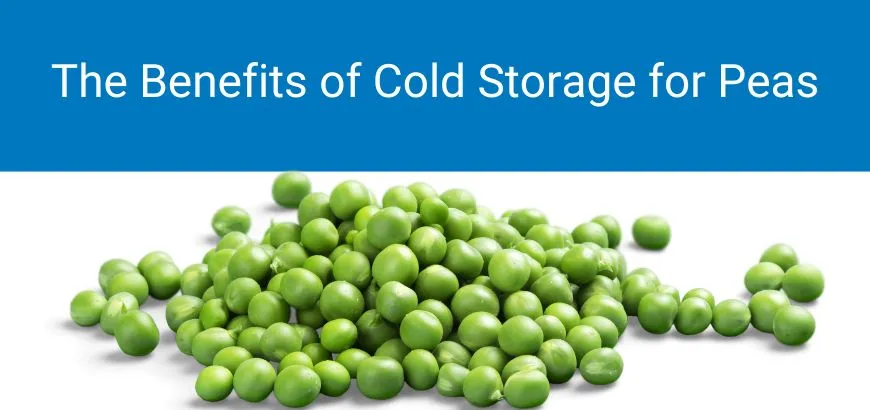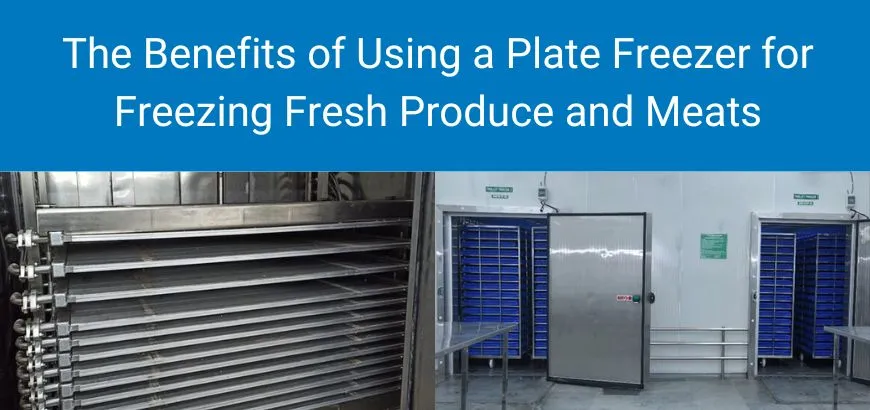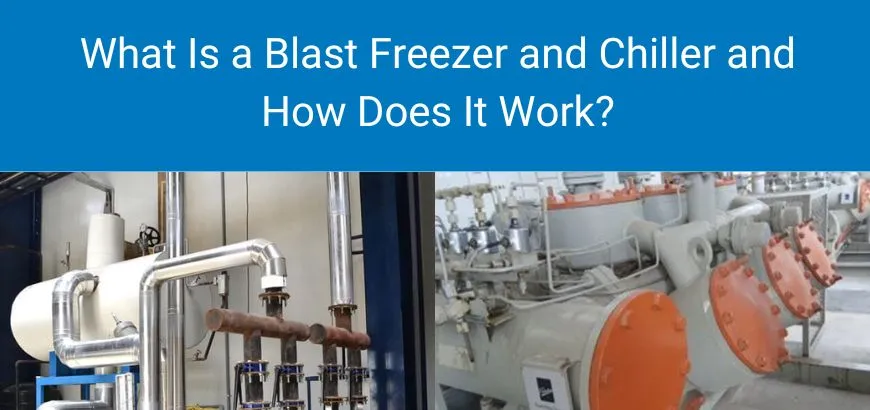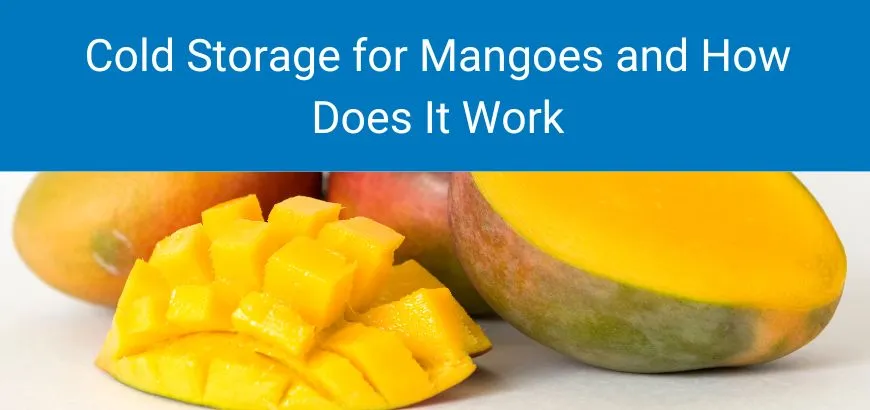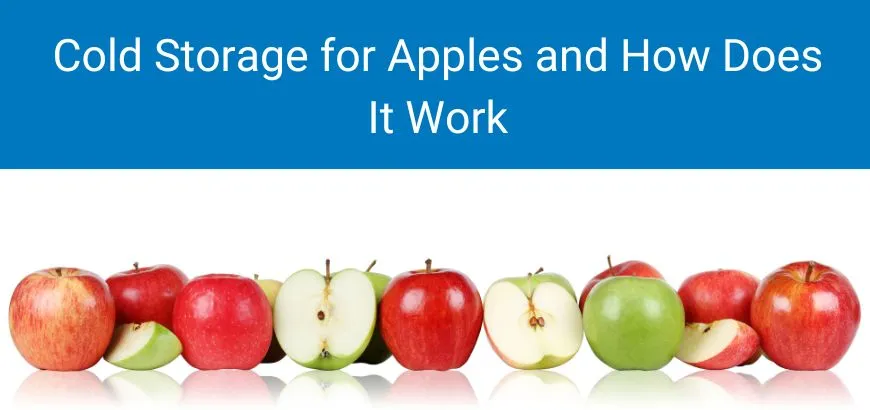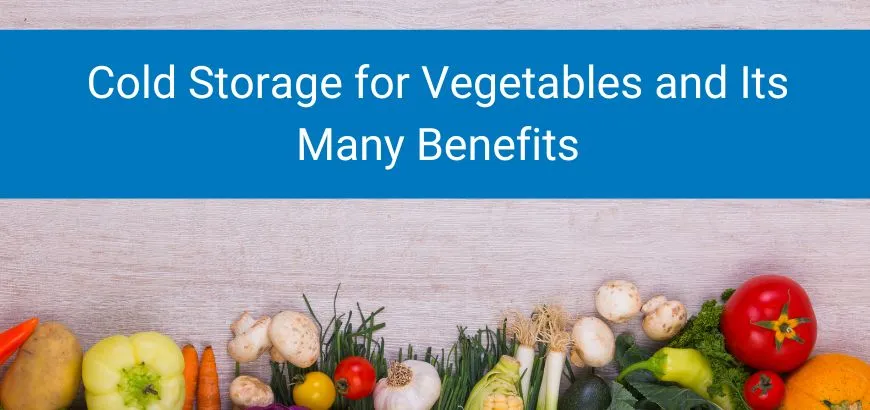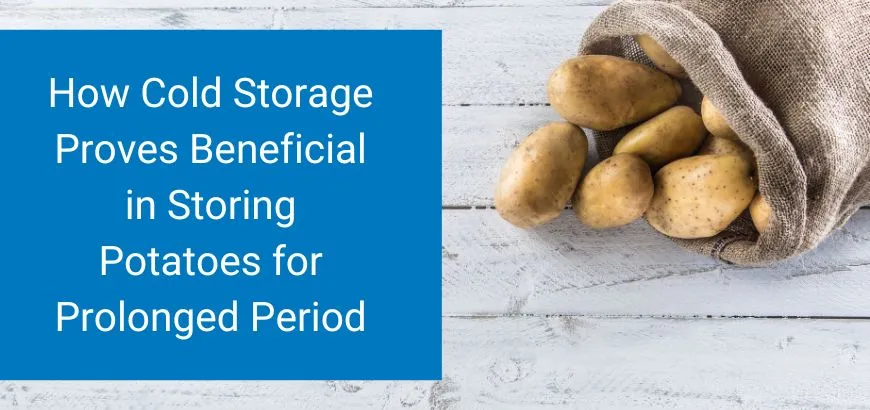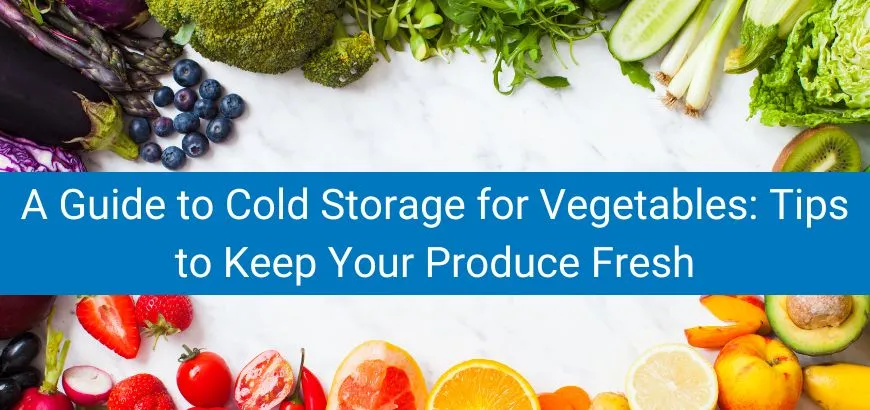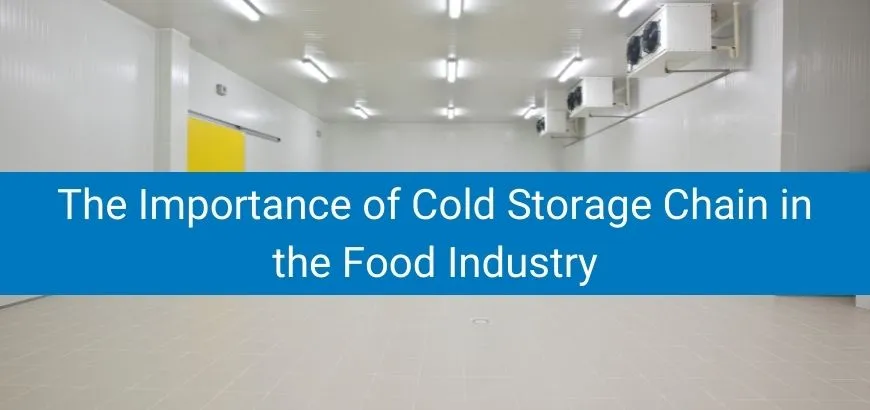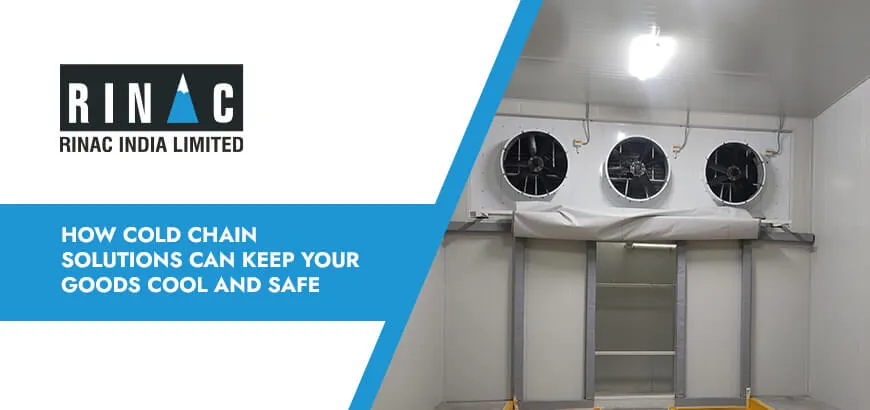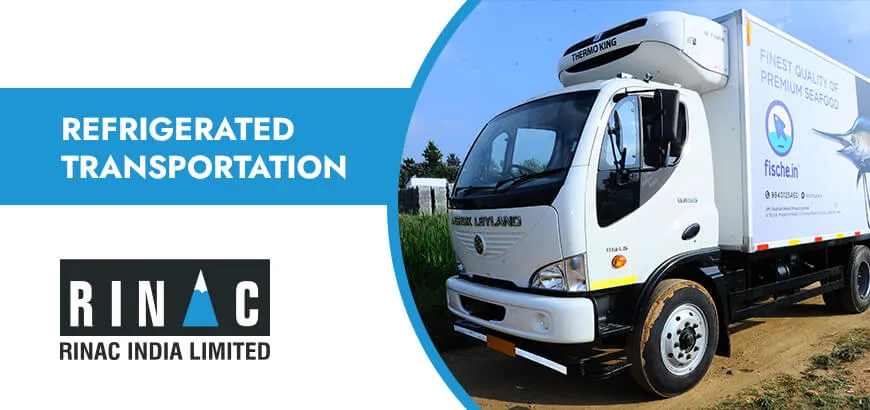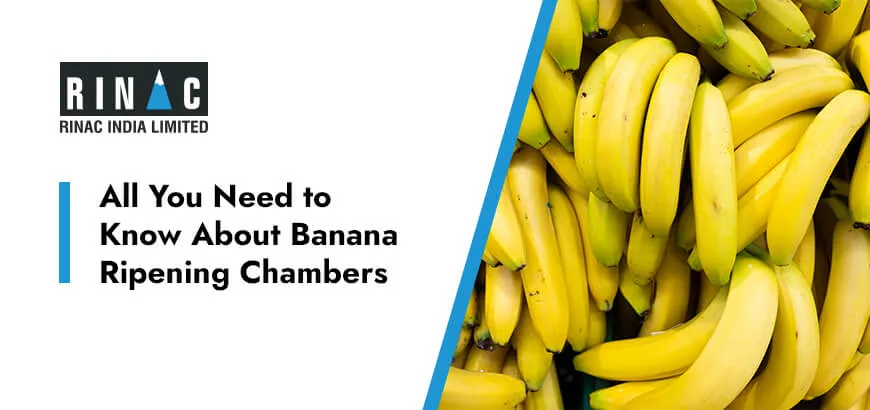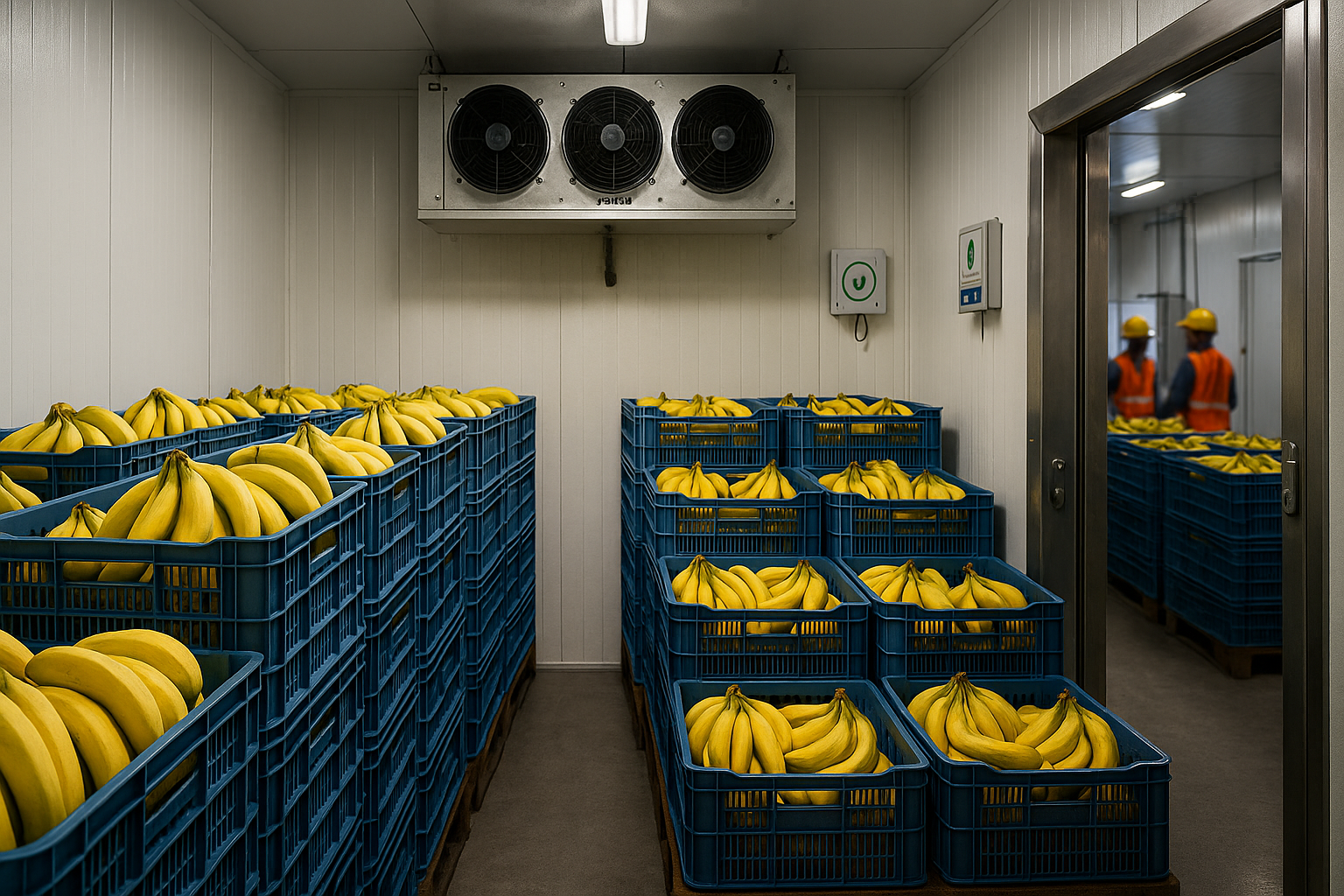
Banana Ripening Chambers in India: A Practical, Compliant, and Profitable Guide
Bananas move fast in India—harvested green, transported over long distances, and expected to hit retail shelves with a consistent yellow, good hand feel, and minimal bruising. The difference between premium fruit and write-offs is often the ripening chamber: its design, how it’s operated, and whether it stays compliant with India’s food-safety rules.
Below is a deeply researched, India-focused guide you can use to plan, upgrade, and operate banana ripening at scale—without guesswork, and aligned to published standards.
1) First principles: what “good” looks like
A modern ripening chamber should deliver four things reliably:
- Tight temperature & humidity control to avoid chilling injury and peel splitting.
- Controlled ethylene exposure to initiate uniform ripening.
- Active CO₂ management & ventilation so fruit continues to respirate normally.
- Even airflow & loading patterns so every box in the room reaches similar maturity.
From globally recognized postharvest references: bananas are typically ripened with 10–50 ppm ethylene for ~24–48 hours, at ~14–18 °C and 90–95% relative humidity (RH), with CO₂ kept under ~1% via periodic or continuous ventilation. Temperatures up to ~20 °C are sometimes necessary in cooler seasons to complete ripening. Bananas are chilling-sensitive below ~12–13 °C, so avoid cold spots.
2) Compliance in India: what the rules actually say
India’s food-safety regulator FSSAI (Food Safety and Standards Authority of India) is explicit on artificial ripening:
- Calcium carbide is prohibited for ripening of fruits.
- Ethylene gas is permitted for artificial ripening up to 100 ppm, used in the manner indicated on the label.
These provisions are anchored in the Food Safety and Standards (Prohibition and Restrictions on Sales) Regulations, 2011 (Regulation 2.3.5), and clarified in FSSAI’s guidance on artificial ripening.
What this means operationally
- Plan your process around ethylene gas (cylinders) or approved ethylene-release systems—not carbide.
- Keep documentation: gas use logs, exposure times, temperature/RH charts, and ventilation cycles to demonstrate due diligence. (This aligns with the spirit of FSSAI guidance and good HACCP practice, even when not explicitly prescribed in line-by-line SOPs.)
3) How a ripening chamber works (and which specs matter)
Core components
- Insulated envelope: high-performance sandwich panels with tight joints minimize heat gain and reduce compressor run time. In Indian conditions, PIR/PUF cores are common for ripening/cold rooms (balance of energy performance and wall thickness), while mineral wool may be selected where non-combustibility is prioritized.
- Refrigeration system: capacity matched to room tonnage, fruit load (including field heat), and pull-down/ripening setpoints.
- Air movement: well-placed evaporators and circulation fans prevent dead zones and temperature stratification.
- Ethylene application: cylinders with flow-metered injection or approved generators/dosers; distribution must be uniform.
- CO₂ management: automated dampers or fans for fresh-air purging; optional CO₂ sensors for control.
- Humidity control: humidifiers or spray systems to maintain ~90–95% RH, minimizing peel scuffing and water loss.
- Instrumentation & logging: temperature, RH, and—ideally—CO₂/ethylene sensing with data logging for auditability and process improvement.
Business fit with RINAC
RINAC is a long-standing Indian provider of temperature-controlled infrastructure. Its portfolio explicitly includes “BanaBarn—Banana Ripening Chambers”, plus modular cold rooms, insulated panels, and turnkey cold-chain solutions—useful when you want a single partner across design, build, and lifecycle service.
4) The India-ready operating playbook (SOP you can adapt)
A) Pre-ripening checks
- Room prep: Sanitize floors/racks, confirm doors and gaskets seal well, verify sensor calibration.
- Set baseline conditions: Stabilize empty room close to 14–18 °C and ~90–95% RH.
- Safety: Confirm CO₂ exhaust/vent fans are functional; ethylene cylinders secured and leak-checked. (Remember: target CO₂ <~1% during ripening; ventilate accordingly.)
B) Loading
- Fruit selection: Mature-green bananas, free of field damage; uniform hands per lot to reduce ripening variability.
- Stacking & airflow: Use ventilated cartons; keep gaps from walls/evaporators; follow a repeatable pallet layout to prevent dead zones.
- Temperature control: Avoid chilling—do not expose fruit to ≤~12–13 °C; if fruit arrived cold, temper to safe range before ethylene exposure.
C) Ethylene initiation (“gassing”)
- Target concentration: 10–50 ppm ethylene in the room is commonly cited to trigger ripening; expose ~24–48 hours.
- Setpoints: Maintain ~14–18 °C and ~90–95% RH during exposure; in cool seasons or with recalcitrant lots, up to ~20 °C may be needed to complete initiation.
- CO₂ control: Purge periodically or ensure controlled ventilation so CO₂ stays under ~1%; high CO₂ suppresses ripening and can cause off-flavors.
D) Post-exposure conditioning
- After the initiation window, stop ethylene dosing and continue temperature/RH control.
- Ventilate to keep CO₂ below ~1%. If color advance stalls in colder months, a short bump toward ~20 °C can help complete ripening; avoid overshooting that accelerates softening.
E) Color management & dispatch
- Use a standard color scale to synchronize dispatch (e.g., ship at light-green to yellow-green for longer routes; ship more yellow for near-market retail).
- Maintain high humidity to minimize scuffing; handle cartons gently to reduce bruising. Never allow fruit or room surfaces to drop into the chilling zone.
F) Record-keeping (good practice for India audits)
- Batch ID, source, arrival conditions.
- Room setpoints and actuals (T/RH), ethylene start/stop times, ventilation cycles, and CO₂ readings if monitored.
- Deviations (e.g., compressor trips, door left ajar) and corrective actions.
- This documentation demonstrates due diligence with FSSAI’s ethos on safe artificial ripening (ethylene, not carbide).
5) Design choices that reduce operating cost (Indian conditions)
- Panel selection & envelope integrity. Better U-values (PIR/PUF cores) reduce compressor runtime and help hold tight bands despite door openings—key for Indian ambient swings and power costs; mineral wool may be used when fire-performance specs dominate.
- Right-sized refrigeration. Size for pull-down plus fruit respiration heat during peak season; oversizing can cycle inefficiently, undersizing fails to hold setpoint, both hurting finish quality.
- Airflow design. Even distribution is non-negotiable; specify fan quantity/placement for the intended pallet pattern.
- Sensors & alerts. Temperature/RH logging is a minimum; CO₂ sensors add precision to ventilation; remote alarms reduce losses when utilities blip.
- Operating discipline. Door protocols, scheduled ventilation, and standardized “gas cycles” protect quality and consistency, supporting better prices.
6) Common failure modes (and how to avoid them)
- Chilling injury (dull gray peel, failure to ripen): caused by cold spots or pre-cooling too low—stay above ~12–13 °C at all times.
- Uneven color: poor airflow or mixed maturity. Fix with revised pallet maps, baffle adjustments, and stricter inbound QC.
- Slow ripening/wrinkling: low humidity or low temperature during initiation; re-confirm ~90–95% RH and 14–18 °C (or up to ~20 °C in colder seasons).
- Off-flavors/soft fruit: inadequate CO₂ purging (keep <~1%), excessive temperature, or too long an ethylene exposure window.
7) Sizing your facility (concepts to align with your market)
- Throughput model: Determine daily intake, desired color stage at dispatch, and route lengths; back-calculate chamber tonnage and number of rooms to enable staggered cycles.
- Cycle planning: Multiple smaller rooms offer better scheduling flexibility (store green, ripen, condition, dispatch) than a single very large room.
- Utility readiness: Stabilizers/UPS for controls and alarm systems; service access for condensers/evaporators.
(These are design decisions RINAC can tailor within turnkey builds—see their cold-chain portfolio and BanaBarn—Banana Ripening Chambers line to align specs with your capacity and compliance needs. )
8) Safety and workforce practices
- Train staff on safe ethylene handling (cylinders upright, leak checks, no ignition sources) and confined-space awareness for rooms during ventilation cycles.
- Post clear SOPs for gas exposure, ventilation intervals, and door protocols.
- Maintain PPE and keep a visible logbook—these habits support compliance with FSSAI’s approved method (ethylene) and help you pass local inspections.
9) Why RINAC for banana ripening
RINAC is a specialized Indian provider of cold-chain infrastructure with offerings that span insulated panels, modular cold rooms, and purpose-built ripening systems. Their site highlights banana ripening under “BanaBarn—Banana Ripening Chambers,” making it easier to source chamber design, fabrication, and after-sales support under one roof—especially valuable for multi-city deployments or when you want uniform SOPs across facilities.
Quick reference: setpoints & guardrails (evidence-based)
- Ethylene exposure: ~10–50 ppm, typically 24–48 h.
- Ripening temperature: ~14–18 °C (up to ~20 °C may be needed in colder seasons).
- Humidity: ~90–95% RH.
- CO₂ control: keep <~1% with ventilation.
- Chilling threshold: avoid ≤~12–13 °C at any point.
- Legal compliance (India): No calcium carbide; ethylene gas permitted up to 100 ppm when used as labeled.

